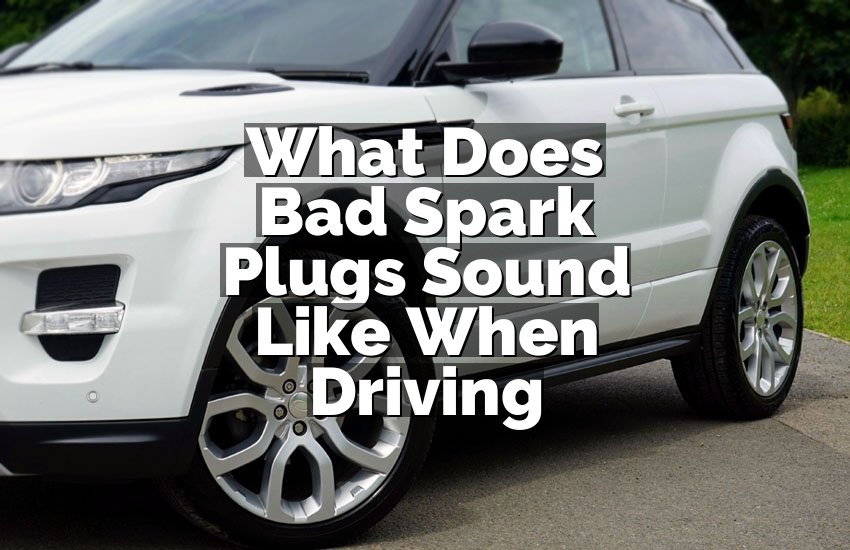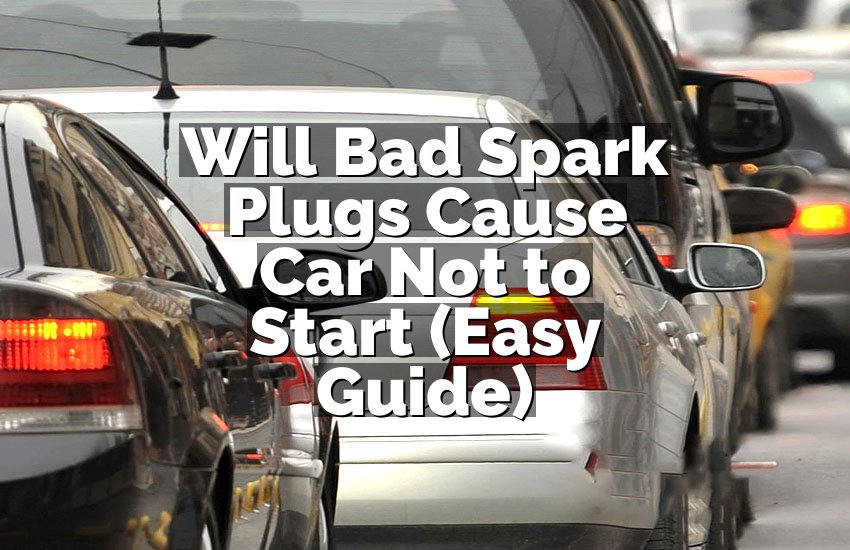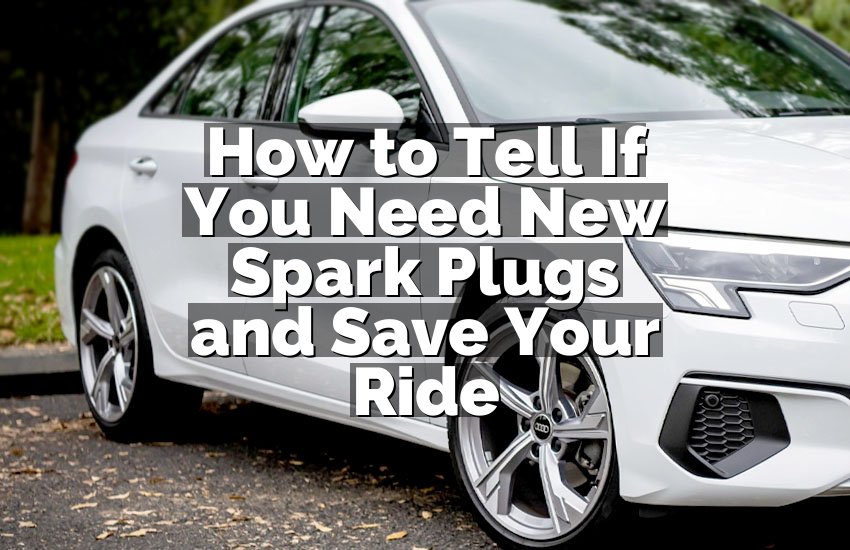Is your car refusing to go into Park? It’s a frustrating problem that many drivers face, and it can leave you feeling stuck. Whether your car won’t shift into Park at all, or it only does so intermittently, there are a few common reasons behind this. Don’t worry, though! We’re here to walk you through the possible causes and simple fixes for this issue, so you can get back on the road with ease. Let’s dive right in!
Common Causes of a Car Not Going Into Park
When your car won’t go into Park, it’s often due to a problem with the transmission, gear linkage, or a related part. It’s not just an annoyance—it can be a safety issue too. Knowing what might be causing the problem is the first step in solving it. Here are some of the most common causes.
Transmission Issues
Your car’s transmission is responsible for making sure the car shifts smoothly between gears. If the transmission is malfunctioning, the car might refuse to go into Park. This can happen if the transmission is low on fluid, the fluid is dirty, or there is a deeper mechanical problem. In many cases, it’s hard to tell if the transmission itself is broken just by looking at it, so it’s important to check for other signs, like slipping gears or strange noises when driving.
Shifter Cable Problems
The shifter cable connects your gear shift to the transmission. Over time, this cable can stretch, break, or become misaligned, making it difficult for the car to properly engage Park. If you notice that the car is having trouble shifting into Park or if it seems like the gear shift is loose or wobbly, the shifter cable might be the culprit. A worn-out or damaged shifter cable can prevent the car from going into Park, even though the gear shift appears to be working normally.
Faulty Parking Pawl
Inside your car’s transmission, there is a small part called the parking pawl. This is a pin that locks the transmission in place when the car is in Park. If the parking pawl is broken, damaged, or worn out, it might not engage properly, preventing your car from going into Park. This issue is often related to more serious transmission problems, but it can sometimes be fixed with a simple repair. If the parking pawl fails, your car could roll away, so this issue should be addressed quickly.
Problems with the Ignition Switch
Many cars have a safety feature that prevents the car from going into Park unless the ignition is turned off or the car is in a specific position. If the ignition switch is faulty, it might not recognize that the car is in the proper position to shift into Park. This issue is common in older vehicles and can be tricky to diagnose because it involves the electrical system. Sometimes, the problem is as simple as replacing a worn-out ignition switch.
Low or Contaminated Transmission Fluid
Transmission fluid is essential for smooth gear shifts and proper functioning of the transmission. If the fluid is low, old, or contaminated with dirt, it can cause the transmission to malfunction. Without enough fluid, your car might have trouble shifting into Park because the transmission won’t be able to operate properly. Checking the transmission fluid level regularly and changing it according to the manufacturer’s recommendations is important for preventing this problem.
Damaged or Worn-out Solenoid
In automatic transmissions, a solenoid controls the flow of transmission fluid, helping the car shift between gears. If the solenoid is malfunctioning or damaged, it might not send the correct signals to the transmission, causing issues with gear shifts. A faulty solenoid can make it difficult to shift into Park or any other gear. If you suspect this is the issue, you might need to have the solenoid replaced, which could be a relatively simple fix.
Broken or Worn-out Linkage
The linkage connects the gear shift to the transmission. Over time, the linkage can become damaged or worn out, making it hard to engage Park. If the linkage is misaligned or broken, the gear shift might feel loose or unresponsive. This is a common cause of shifting problems in older vehicles, and fixing the linkage can restore the ability to shift smoothly.
Electrical Issues
In modern cars, many parts of the transmission and shifter system are controlled by electronics. If there’s an issue with the car’s electrical system, such as a blown fuse or a malfunctioning sensor, it can prevent the car from going into Park. Electrical problems can be tricky to fix, but they are often easier to diagnose with the help of a mechanic. If your car has no obvious mechanical issues, an electrical problem might be the cause.
Shift Interlock Problems
Many vehicles have a shift interlock system that prevents you from shifting into Park unless the brake pedal is pressed. This is a safety feature designed to prevent the car from rolling away when parked. If the shift interlock is broken or malfunctioning, it can prevent you from shifting into Park, even if everything else seems to be working fine. The shift interlock is usually tied to the brake pedal sensor, and a problem here may require a simple fix.
Worn or Damaged Transmission Mounts
The transmission mounts hold the transmission in place and help it stay securely connected to the car’s frame. If these mounts become worn or damaged, the transmission may shift out of alignment, making it hard to engage Park. In some cases, the car might refuse to go into Park entirely if the transmission is not properly aligned. If you hear strange noises or notice a difference in how the car handles, worn-out transmission mounts could be the issue.
How to Fix the Problem When Your Car Won’t Go Into Park
If your car won’t go into Park, don’t panic. There are several solutions to try, depending on the cause of the problem. Some fixes are simple and inexpensive, while others might require professional help. Here’s a step-by-step guide to help you get your car back in Park.
Step 1: Check the Transmission Fluid
One of the easiest things to check is the transmission fluid. If the fluid is low or dirty, it can cause shifting problems. Start by checking the fluid level using the dipstick (if your car has one). If the fluid is low, top it up with the recommended type of fluid. If the fluid looks dirty or smells burnt, it’s time to have it changed. A fluid change can often fix shifting problems and prevent further damage.
Step 2: Inspect the Shifter Cable
If the transmission fluid is fine, the next step is to check the shifter cable. If the cable is loose, broken, or misaligned, it can prevent the car from shifting into Park. Look for signs of damage, such as fraying or wear. If the cable seems damaged, you’ll need to have it replaced or adjusted by a mechanic. This is a relatively inexpensive fix and can restore the ability to shift smoothly.
Step 3: Check the Ignition Switch
If your car has an automatic transmission, the ignition switch could be causing the issue. Try turning the key all the way to the off position and then attempt to shift into Park again. If the ignition switch is faulty, it may need to be replaced. A mechanic can inspect the switch and recommend a solution.
Step 4: Examine the Parking Pawl
If the car won’t go into Park and you hear a strange grinding sound when trying to shift, it could be a sign that the parking pawl is broken or worn out. Unfortunately, this problem often requires a transmission rebuild or replacement, which can be costly. However, if the parking pawl is the only issue, a mechanic may be able to repair or replace it without overhauling the entire transmission.
Step 5: Test the Shift Interlock
If you suspect the shift interlock is the cause, try pressing the brake pedal and holding it down while attempting to shift into Park. If the car shifts into Park when you press the brake, the shift interlock system may need to be repaired or replaced. A mechanic can diagnose and fix this problem, which is usually a relatively simple job.
Step 6: Repair the Solenoid
If the solenoid is malfunctioning, it can prevent the car from shifting properly. Solenoid repairs are usually straightforward but may require a mechanic’s help. Replacing a faulty solenoid can restore the car’s ability to shift into Park and other gears smoothly.
Step 7: Fix the Linkage
If the linkage is misaligned or damaged, it can be adjusted or replaced. This fix might involve removing the gear shift and the transmission cover to access the linkage. If the problem is minor, a mechanic may only need to realign the linkage. However, if the linkage is severely worn or damaged, it will need to be replaced.
Step 8: Inspect the Transmission Mounts
Worn-out transmission mounts can cause the transmission to shift out of alignment. If you notice unusual noises or difficulty shifting, the mounts may need to be replaced. This is a more involved repair that requires the transmission to be removed or adjusted, so it’s best to take the car to a mechanic for this.
Step 9: Call a Professional
If you’ve tried these steps and the problem persists, it’s time to call a professional. A certified mechanic can perform a thorough inspection of the transmission, shifter system, and electrical components to find the exact cause of the issue. Sometimes, the problem can be a combination of factors, and a professional will be able to pinpoint the problem faster than you can.
Frequently Asked Questions
Is it safe to drive my car if it won’t go into Park?
Driving your car without being able to shift into Park can be dangerous, as it increases the risk of the car rolling away. If you can’t get your car into Park, it’s best to address the issue as soon as possible.
Can a low battery cause the car not to go into Park?
Yes, a weak or dead battery can cause electrical issues that might affect the shift interlock system, preventing the car from going into Park. Make sure your battery is in good condition.
Do I need to replace the entire transmission if it won’t go into Park?
Not necessarily. Sometimes, a problem with the transmission can be fixed with a simple repair, such as changing the fluid or fixing a broken solenoid. A full transmission replacement is only needed in more severe cases.
Is it possible to fix the shifter cable myself?
In some cases, fixing the shifter cable is a DIY job, but it can be tricky, especially if the cable is deeply embedded within the vehicle. It’s a good idea to have a mechanic check it.
Can I drive my car without shifting into Park?
While it’s possible to drive the car without shifting into Park, it’s not safe. It’s important to get the problem fixed to avoid accidents and damage to your car.
Do I need to call a mechanic if the car won’t go into Park?
If you’re unable to fix the issue yourself, it’s a good idea to call a mechanic, especially if it’s related to transmission or electrical problems that require professional tools and expertise.
Is it expensive to repair a faulty ignition switch?
The cost of replacing an ignition switch can vary, but it’s usually a relatively affordable repair. Most auto shops can replace it for a reasonable price.
Can low transmission fluid cause my car not to go into Park?
Yes, low or dirty transmission fluid can lead to shifting problems, including difficulty going into Park. Regular fluid checks and changes are essential for proper transmission function.
I hope this article helped you understand why your car might not be going into Park and how to fix it. Whether the issue is simple or a little more complex, following these steps can help you diagnose and fix the problem quickly. Always remember, safety comes first, so if you’re unsure, don’t hesitate to reach out to a professional mechanic.


